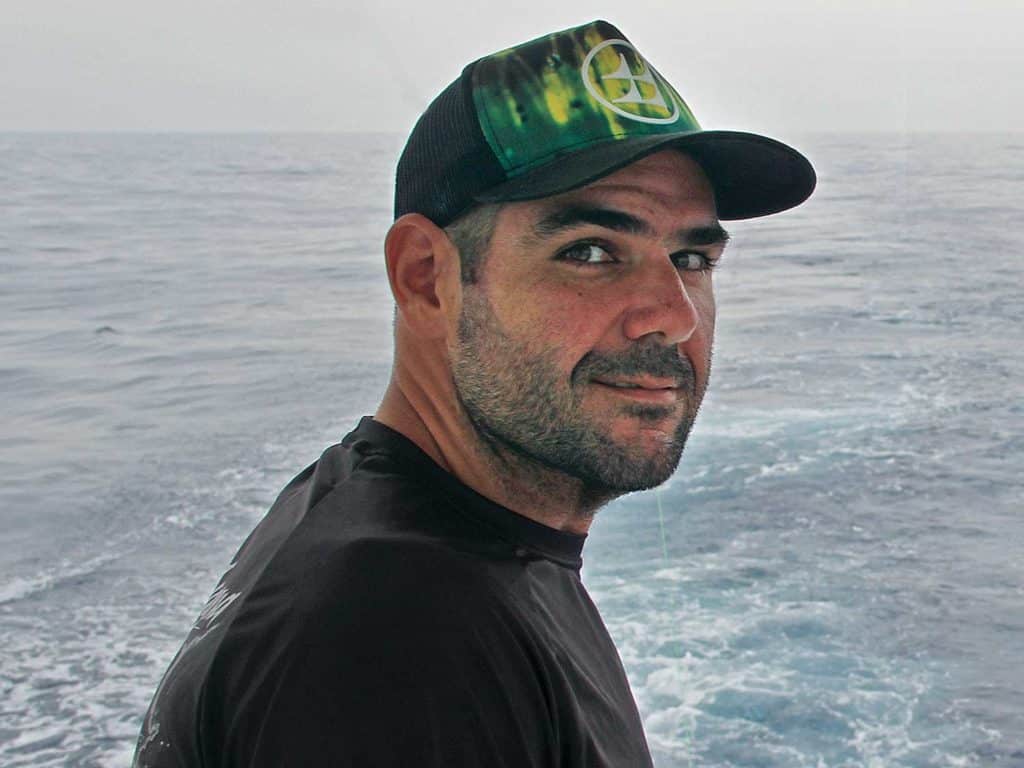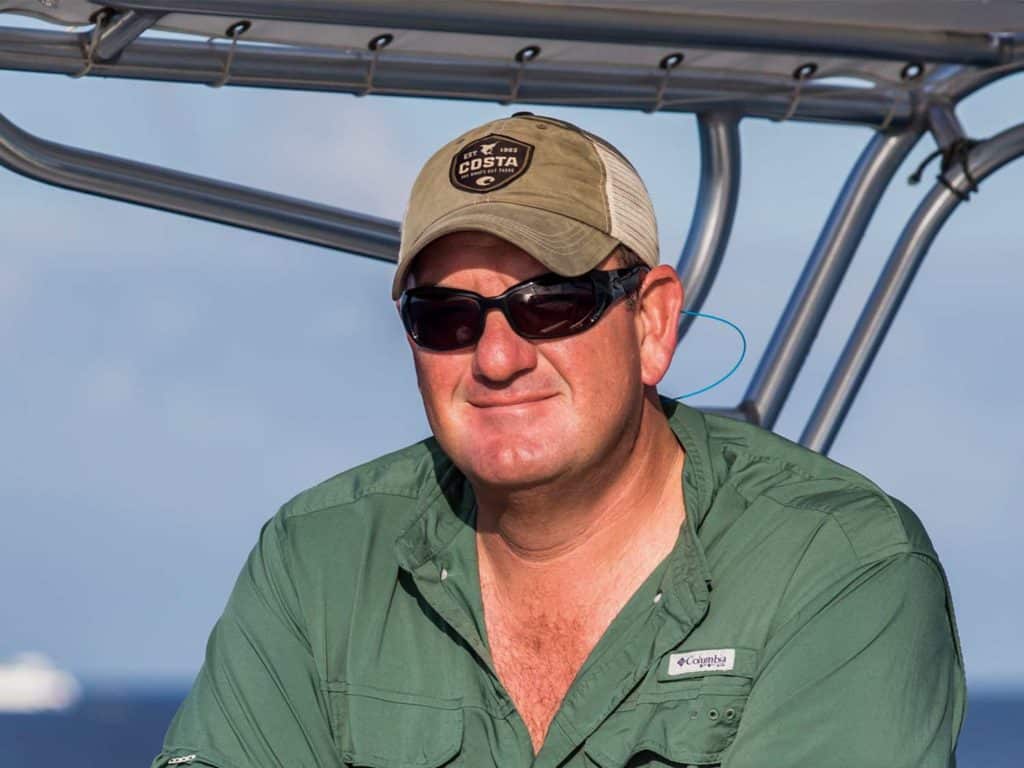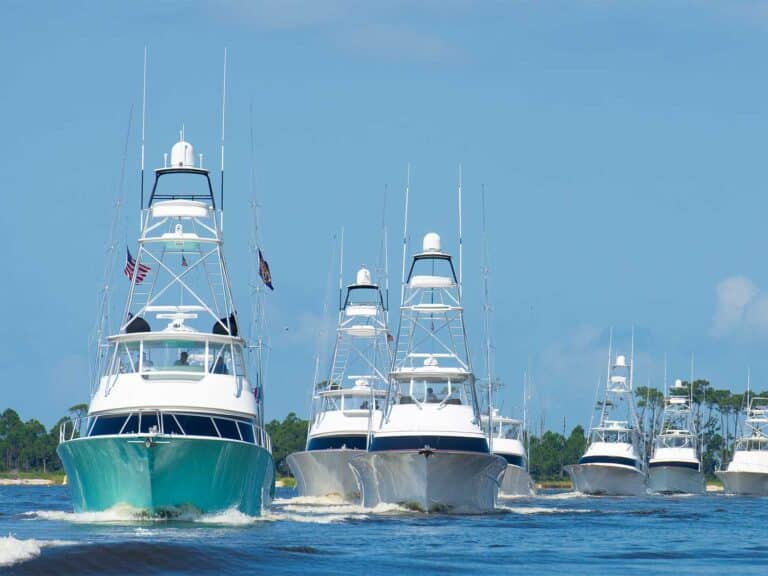
Capt. Igor Assad

For the past few years, we have tried to unravel the many mysteries behind our marlin fisheries by charting each bite, noting factors such as wind speed and direction, atmospheric pressure, sea state, and water temperature, to name a few. Without a doubt, we have found the periods around a crescent moon are the best time to fish for Brazilian blues. During these times, we observed an abundance of food on the surface—between zero and 100 meters—and also that the fish were showing themselves more in an active feeding response, which translates to more bites and caught fish.
Capt. Tim Dean

The Great Barrier Reef is long, but not very wide, with deep, narrow channels separating large parts of it. The bait congregates against the reef faces at this time of the year, as do the big black marlin, so on big moons—new or full—considerable tide fluctuations can dirty up the water as it flows in and out of these passes. Luckily, we have the ability to move with the bite when needed. So, no matter what phase the moon is in, we can always find a clean piece of water on the edge to fish, and trust me, granders aren’t scared of any moon.
Capt. Chris Donato

In Kona, we are lucky enough to fish for blue marlin every day of the year, so we do see some definite bite trends. During the nine days leading up to the full moon, our blues tend to congregate around structure, possibly because of the higher-than-normal water movement and massive tide fluctuations. Big tide changes create feeding opportunities that start with small fish feeding on tiny organisms being pushed up from the nutrient-rich deep water. Continuing through the food chain, the bait is pushed to the upper water column by these upwellings, making it is easier for apex predators like marlin to corral it.
Capt. Brett Eller

I have caught thousands of striped marlin the last 15 years on different moon phases, water clarity and conditions; they are targeted year-round in Cabo. As long as the bait is here, they’re here. However, during our relatively short blue and black marlin season, we look forward to the week before—and leading up to—the full moon. During a waxing moon, billfish become much more aggressive, cueing in on trolled lures or even live baits. In September—our most active hurricane month—our anglers may be sparse, but the marlin fishing before the full moon is as good as any other fishing spot in the world.







